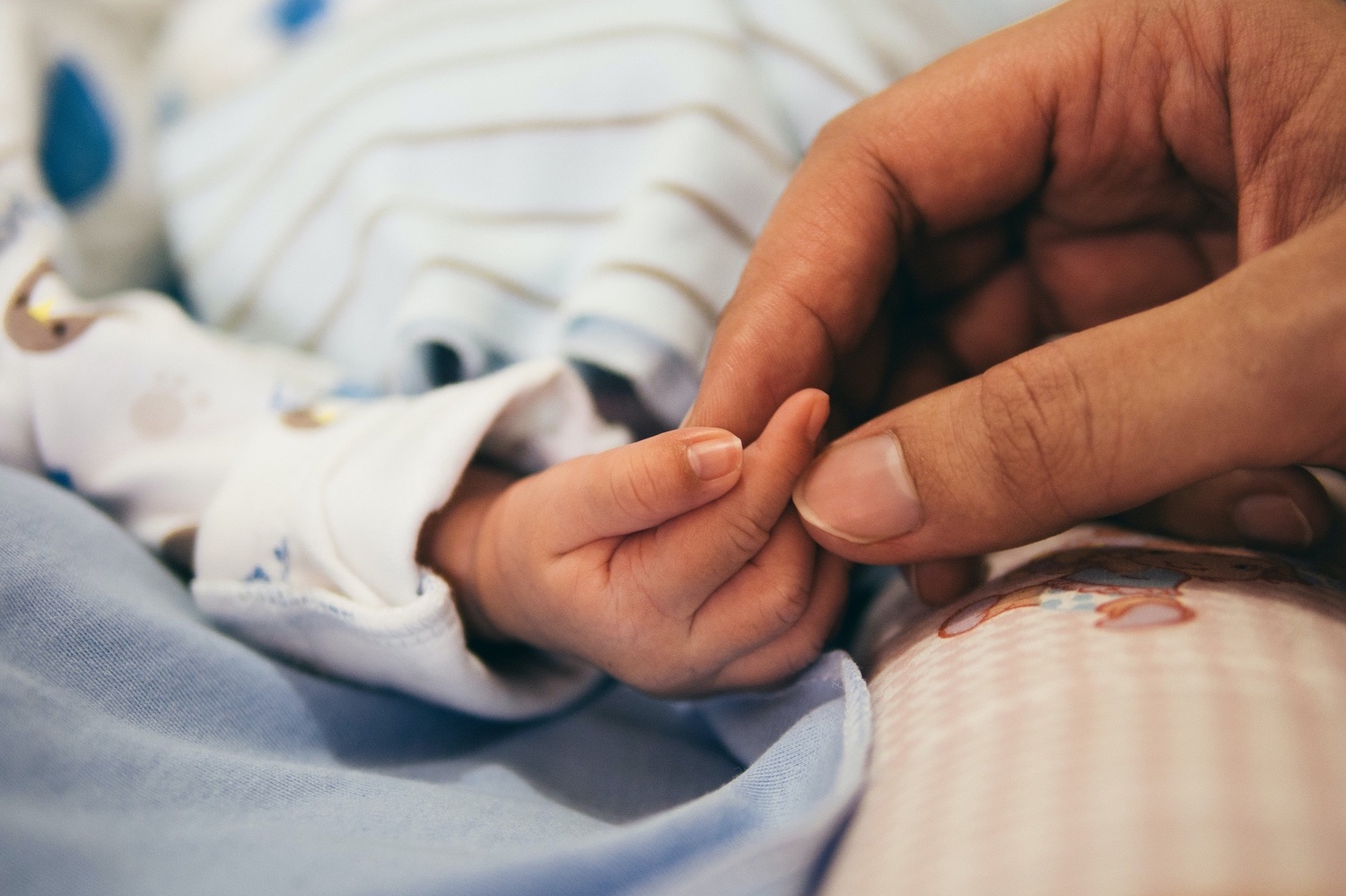A type of diabetes that appears during pregnancy is known as gestational diabetes. When the body is unable to make enough insulin to control the elevated glucose levels that develop during pregnancy, it happens. High blood sugar levels may result from this, which could be dangerous for both the mother and the child.
Insulin resistance is a disorder that develops when the placenta generates hormones that interfere with the ability of insulin to function as it should. Gestational diabetes could develop as the pregnancy goes on if the body is unable to produce enough insulin to combat this resistance.
Gestational diabetes symptoms:

Gestational diabetes symptoms may resemble those of a typical pregnancy, making them challenging to distinguish. However, thirst, exhaustion, and frequent urination may worsen in pregnant women with gestational diabetes. Additionally, they can be more likely to get bladder infections or vaginal yeast infections.
The normal time for the diagnosis of gestational diabetes is between 24 and 28 weeks of pregnancy, while some women may receive the news earlier or later. A glucose tolerance test is commonly used to diagnose the condition. This test measures the woman’s blood sugar levels before and after she consumes a sweet beverage.
How is the deliver in gestational diabetes?

Delivery can differ slightly for women with gestational diabetes compared to those without the condition. Pre-eclampsia, macrosomia, and shoulder dystocia (when the baby’s shoulder becomes trapped during delivery) are among the issues that women with gestational diabetes are more likely to have during childbirth.
Your doctor will probably advise frequent monitoring of your blood sugar levels during your pregnancy if you have gestational diabetes. It’s possible that your doctor will want you to monitor your blood sugar levels throughout the day at various intervals. To help maintain healthy blood sugar levels, your healthcare professional may also change your diet and/or medication schedule.
You might need to stay away from some items, including bread, pasta, and sweets, that are high in sugar and carbohydrates as part of your diet. You should put more of an emphasis on consuming wholesome foods that are high in protein and low in sugar. Lean meats, fish, eggs, fruits, vegetables, and whole grains may all fall under this category.
Women with gestational diabetes frequently have an early delivery (about 37–38 weeks) to help avoid problems. A c-section could be advised if your baby is big or if you have additional risk concerns. The optimal course of action for you and your unborn child should be discussed with your healthcare professional after taking into account your unique circumstances.
Women with gestational diabetes can be required to undergo continuous glucose monitoring during labor in addition to close monitoring and possibly induction. This entails placing a tiny sensor close to the skin that will continuously measure the blood glucose levels. This will make it more likely that during labor and delivery, your blood sugar levels will remain within a healthy range.
What to expect after delivery?

It’s also crucial to remember that gestational diabetes usually disappears after birth. However, women who have experienced gestational diabetes are more likely to subsequently acquire type 2 diabetes, so it’s critical to maintain monitoring your blood sugar levels and altering your lifestyle to lower your risk.
Overall, gestational diabetes is a treatable illness but does necessitate careful management and regular monitoring. You may contribute to ensuring a safe pregnancy and delivery for you and your baby by working closely with your healthcare practitioner and according to their advice. After giving birth, it’s crucial to continue eating well, exercising frequently, and keeping an eye on your blood sugar levels. It’s also crucial to speak with your doctor if you experience any unusual symptoms following delivery, such as extreme thirst or frequent urination, as these could be indicators of type 2 diabetes.




